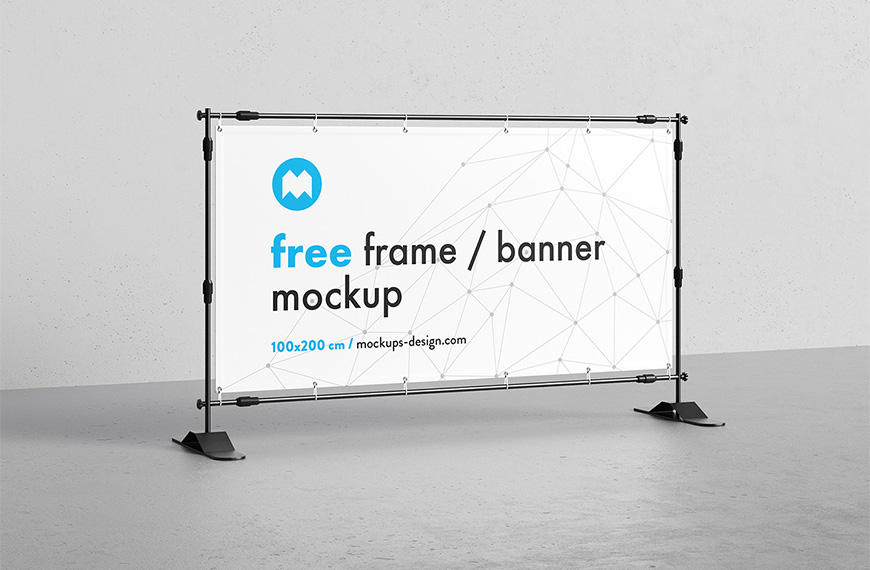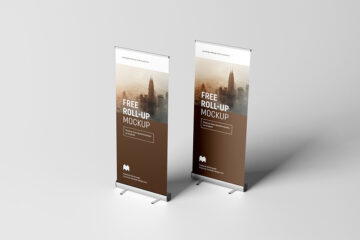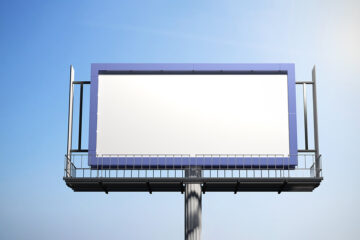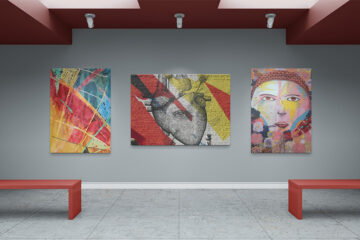In the dynamic world of graphic design, the ability to convey messages effectively across various mediums is essential. When it comes to designing banners, particularly in today’s digital age where remote communication prevails, understanding remote readability is paramount. Let’s delve into the concept and explore how banner mockups can aid graphic designers in achieving optimal remote readability.


Remote Readability: What Does it Entail?
Remote readability refers to the capacity of a design to communicate its message clearly and effectively, even when viewed from a distance or through digital platforms. Unlike printed materials that might be viewed up close, banners often need to capture attention and convey information swiftly, especially in outdoor settings or on digital screens.
Elements that contribute to remote readability include
Clarity of Message: The message conveyed by the banner should be concise and easily understandable, even from a distance. This entails using clear language and prioritizing essential information.
Visual Hierarchy: A well-defined visual hierarchy ensures that important elements stand out prominently, guiding the viewer’s attention and facilitating quick comprehension of the message.
Contrast and Legibility: High contrast between text and background enhances legibility, particularly in outdoor or digital environments where lighting conditions may vary. Choosing appropriate fonts and font sizes also plays a crucial role in ensuring readability.
Simplicity and Impact: Keeping the design simple yet impactful helps avoid clutter and ensures that the message is communicated effectively, even in a brief glance.
The Role of Banner Mockups in Enhancing Remote Readability
Banner mockups serve as invaluable tools for graphic designers seeking to evaluate and optimize the remote readability of their designs. Here’s how they contribute to the process:
Contextual Evaluation: Mockups provide designers with a simulated environment in which they can assess how their designs will appear in real-world settings. Whether it’s a digital screen mockup or an outdoor billboard template, designers can gauge the effectiveness of their designs from a remote viewer’s perspective.
Scale and Proportion: Mockups allow designers to visualize the scale and proportion of their designs relative to the surrounding environment. This helps ensure that the text and graphics are sized appropriately for optimal visibility from a distance.
Color and Contrast Testing: Mockups enable designers to test different color schemes and contrast levels to determine which combinations enhance remote readability. By simulating various lighting conditions, designers can identify color combinations that maintain legibility across different environments.
Feedback and Iteration: Mockups facilitate collaboration and feedback among stakeholders by providing a tangible representation of the design. Designers can iterate and refine their designs based on feedback received, ultimately enhancing the overall remote readability of the banner.
Conclusion
In conclusion, remote readability is a critical consideration for graphic designers tasked with creating impactful banners for both physical and digital environments. By understanding the principles of remote readability and leveraging the capabilities of banner mockups, designers can optimize their designs to effectively communicate messages from a distance. Through thoughtful evaluation, testing, and iteration, designers can ensure that their banners captivate audiences and convey messages with clarity and impact, regardless of the viewing distance or medium. Banner mockups serve as invaluable aids in this process, empowering designers to create visually compelling and communicative designs that resonate with audiences near and far.
| Author | Mockups Design |
| File Type | .psd |
| Layered | Yes |
| Smart-Object | Yes |
| License | Commercial Use |







